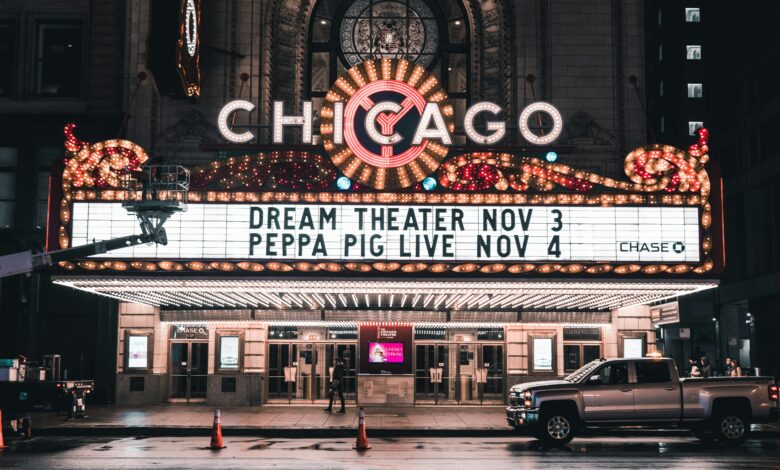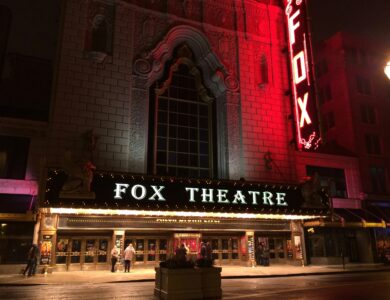
Bollywood, the Hindi-language film industry based in Mumbai, has always been a major player in global cinema. With its rich history spanning over a century, Bollywood movies have undergone significant transformations. From black-and-white classics to high-octane modern blockbusters, the evolution of Bollywood reflects changing societal norms, technological advancements, and shifting audience preferences. Let’s take a look at how Bollywood movies have changed over the decades, exploring the key shifts that have shaped this vibrant industry.
1. The Golden Era (1950s-1960s): A Foundation of Melody and Drama
The 1950s and 1960s are often considered the Golden Era of Bollywood. During this time, Bollywood movies were characterized by their melodious music, elaborate dance sequences, and poignant drama. Films from this period often revolved around themes of family, social values, and romance. Iconic directors like Raj Kapoor, Guru Dutt, and Bimal Roy dominated the scene, producing classics that are still celebrated today.
The musical numbers from this era are particularly noteworthy. Songs from films such as “Shree 420” and “Pyaasa” became timeless hits, and the melodies of Lata Mangeshkar and Mohammed Rafi became the voice of an entire generation. The grandeur of the sets, the vibrant costumes, and the dramatic storytelling laid the foundation for what Bollywood is known for.
2. The Rise of Commercial Cinema (1970s-1980s): The Age of Masala Films
The 1970s and 1980s marked a significant shift in Bollywood movies with the rise of commercial cinema, also known as “masala” films. This era saw the integration of multiple genres into a single film, including action, romance, comedy, and drama. Directors like Manmohan Desai and Prakash Mehra were pioneers in this genre, creating larger-than-life films that appealed to a broad audience.
Stars like Amitabh Bachchan, known for his roles in movies such as “Zanjeer” and “Sholay,” became the epitome of the “angry young man” persona, reflecting the socio-political climate of the time. The films of this era were characterized by high-octane drama, elaborate fight sequences, and a focus on entertainment over realism. The use of melodramatic plots and the emphasis on star power became defining features of Bollywood cinema.
3. The New Wave (1990s-2000s): A Period of Transition and Experimentation
The 1990s and early 2000s brought about another major shift in Bollywood movies, with the rise of new directors and a departure from traditional masala films. This period, often referred to as the New Wave, saw the emergence of a new breed of filmmakers who were willing to experiment with different styles and themes. Directors like Mani Ratnam, Sanjay Leela Bhansali, and Karan Johar introduced innovative storytelling techniques and modern aesthetics.
The 1990s also witnessed the advent of liberalization in India, which influenced the content and style of Bollywood films. The globalization of Bollywood led to a more diverse range of narratives and the incorporation of Western influences. Films like “Dilwale Dulhania Le Jayenge” and “Hum” became blockbuster hits, blending traditional Bollywood elements with modern sensibilities. The emphasis on romance and melodrama continued, but there was also a growing focus on realism and complex characters.
4. The Contemporary Era (2010s-Present): Innovation and Globalization
The 2010s and beyond have been marked by rapid technological advancements and globalization, which have profoundly impacted Bollywood movies. The rise of digital technology has revolutionized film production, with high-definition cameras, advanced CGI, and sophisticated editing techniques becoming the norm. This has allowed for more visually stunning films and has opened up new possibilities for storytelling.
Contemporary Bollywood also reflects a more global perspective, with films exploring diverse themes and incorporating international elements. Directors like Zoya Akhtar and Anurag Kashyap have pushed the boundaries of traditional Bollywood cinema, creating films that are more experimental and socially relevant. The rise of streaming platforms like Netflix and Amazon Prime has further expanded the reach of Bollywood, making it accessible to a global audience.
Additionally, there has been a noticeable shift towards more diverse and nuanced representations of gender, sexuality, and social issues. Films like “Queen” and “Gully Boy” showcase a broader range of experiences and challenge traditional norms. The focus on strong female characters and socially conscious storytelling marks a significant departure from the melodramatic tropes of earlier decades.
Conclusion
The evolution of Bollywood movies over the decades reflects broader changes in society, technology, and global cinema. From the melodious dramas of the Golden Era to the high-octane masala films of the 70s and 80s, and the innovative narratives of the New Wave, Bollywood has continually adapted and reinvented itself. In the contemporary era, the fusion of traditional elements with modern sensibilities and the embrace of global influences have positioned Bollywood as a dynamic and influential force in the film industry.
As Bollywood continues to evolve, it will undoubtedly keep reflecting and shaping the cultural landscape. The changes we’ve seen so far are just the beginning, and the future of Bollywood promises even more exciting transformations.




